Optimal Timing for Foundation Repairs
Foundation repairs are most effectively performed during specific times of the year when environmental conditions are optimal. Proper timing can help ensure the longevity and stability of the repair work, reducing the risk of future issues.

Spring offers moderate temperatures and increased soil moisture, ideal for foundation repair projects.
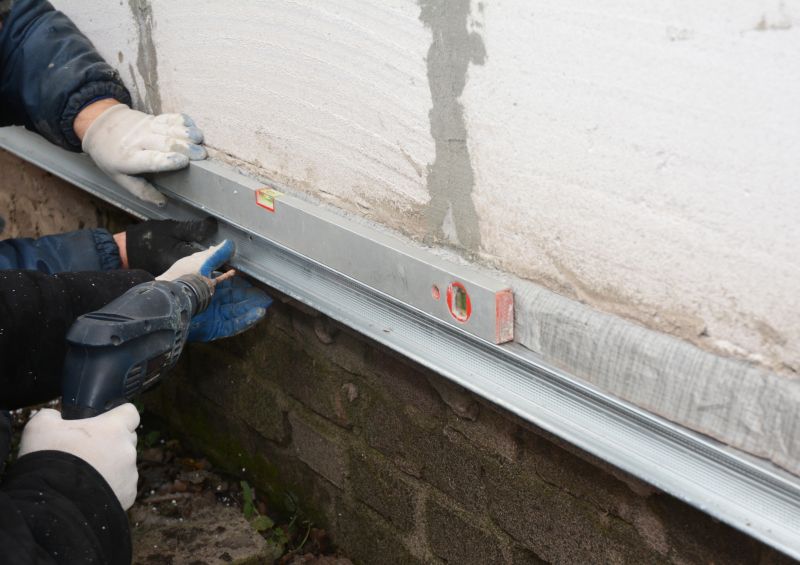
Summer provides longer daylight hours and stable weather, suitable for extensive repair work.

Fall's cooler temperatures and soil conditions facilitate effective foundation stabilization before winter.
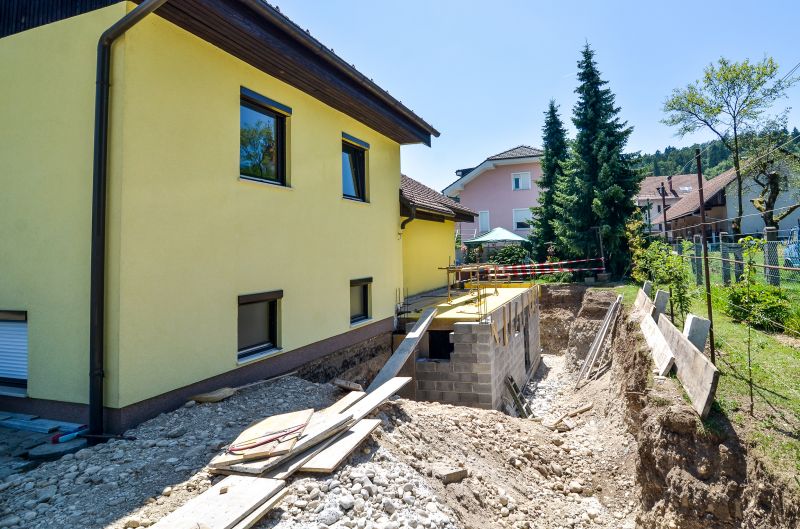
Ways to make Foundation Repairs work in tight or awkward layouts.

Popular materials for Foundation Repairs and why they hold up over time.

Simple add-ons that improve Foundation Repairs without blowing the budget.
Timing foundation repairs involves considering seasonal soil movements, temperature fluctuations, and moisture levels. Repair work during periods of stable weather helps prevent further shifting or cracking. Spring and fall are generally considered the most advantageous seasons due to moderate temperatures and soil conditions. Summer can also be suitable, especially when weather is predictable, but extreme heat or drought conditions should be avoided.
Proper timing reduces the risk of repair failure and minimizes disruption during adverse weather conditions.
Soil moisture levels influence foundation stability; repairs during optimal moisture conditions enhance effectiveness.
Understanding local climate patterns helps determine the best window for foundation stabilization.
Timing repairs appropriately contributes to the durability and longevity of foundation solutions.
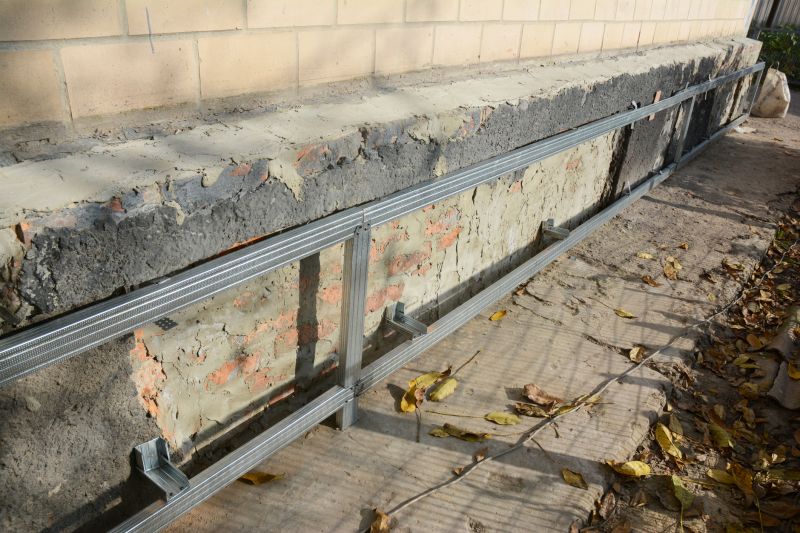
High-end options that actually feel worth it for Foundation Repairs.
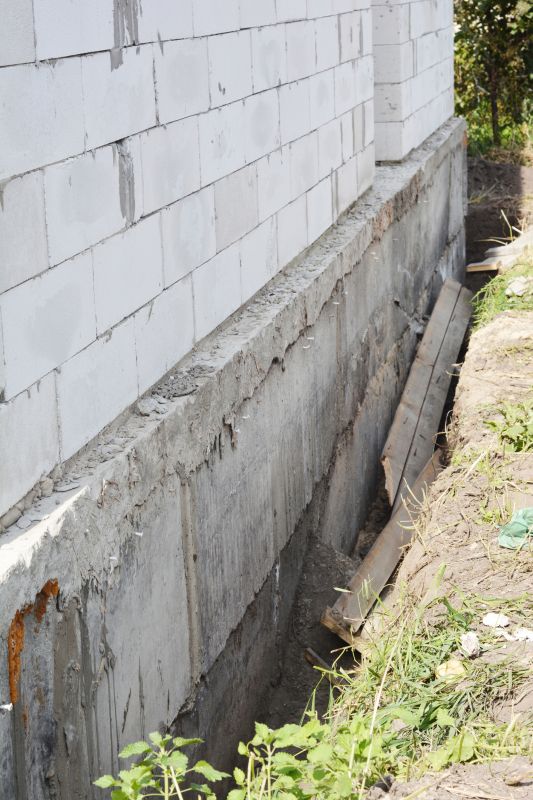
Finishes and colors that play nicely with Foundation Repairs.
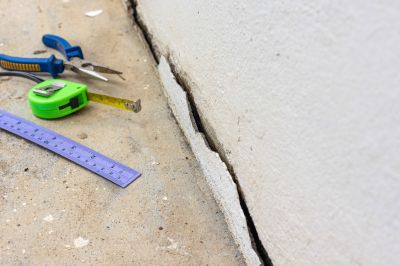
Little measurements that prevent headaches on Foundation Repairs day.
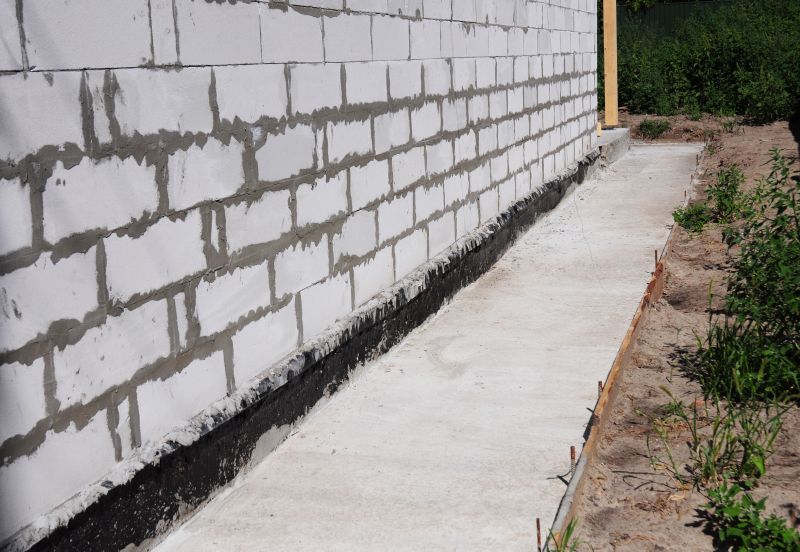
A 60-second routine that keeps Foundation Repairs looking new.
| Season | Ideal Conditions |
|---|---|
| Spring | Moderate temperatures, increased soil moisture |
| Summer | Longer daylight, stable weather, avoid extreme heat |
| Fall | Cooler temperatures, soil stabilization before winter |
| Winter | Typically not recommended due to freezing conditions |
Foundation repairs require careful consideration of seasonal environmental factors. Performing repairs during periods of soil stability and moderate weather minimizes the risk of future movement. In regions with significant seasonal variation, planning repairs in spring or fall can lead to better long-term results. Proper timing also allows for more efficient work and reduces the likelihood of weather-related delays.
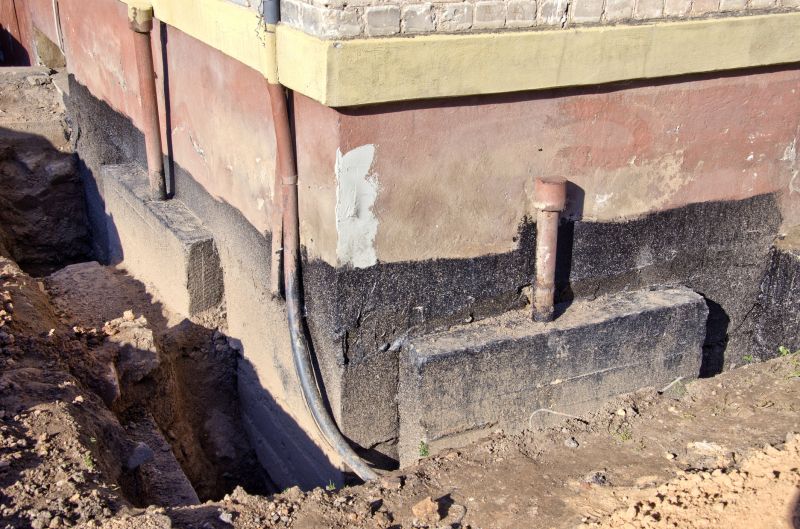
Scheduling during optimal seasons ensures better outcomes.

Monitoring soil moisture and temperature helps determine the best repair timing.
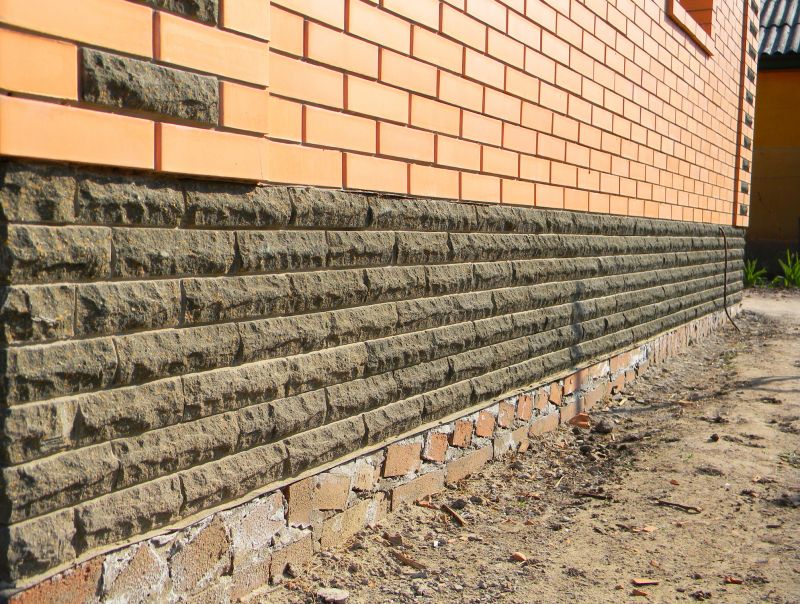
Avoiding extreme weather conditions prevents complications during repairs.

A frequent mistake in Foundation Repairs and how to dodge it.
Interested in foundation repairs? Filling out the contact form can provide guidance on the best timing for specific needs and help schedule services during the most suitable season for stability and durability.

